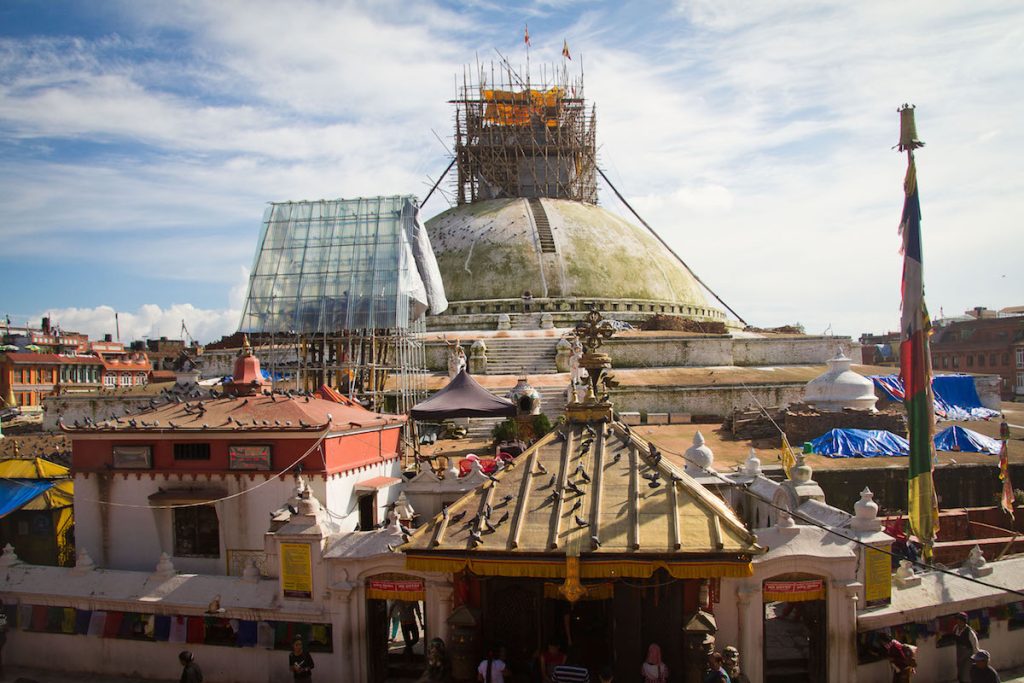Nepal’s struggle to rebuild is the focus on the second anniversary of the 7.8-magnitude earthquake that left nearly 9,000 people dead and another 900,000 homeless on April 25, 2015.
Although $3.1 billion in foreign aid has been pledged, the Nepali government has spent about $330,000, rebuilding just 3.5 percent of the homes that were destroyed due to bureaucratic delays in distributing aid payments, the Associated Press reported.
As an estimated 800,000 people face a third rainy season in makeshift housing constructed out of tarpaulin and zinc sheets, Amnesty International released a report saying the reconstruction process is failing those who don’t own land and other marginalized groups, “breaching both the constitution and international human rights law.”
In an Al Jazeera opinion piece, Narayan Adhikari explains the reconstruction process is plagued by the “poor coordination between government and donors, a lack of understanding of local concerns, and a dearth of civic engagement.” For example, even when Nepalis have received money to rebuild, shortages of water or raw materials, skilled workers, and inspectors prevent them from doing so, Adhikari, who works for the incubator Accountability Lab, writes.
Two years after the devastating earthquake, here’s a look back at our coverage of the aftermath. In “Like Roaring Earth,” Tricycle’s executive editor Emma Varvaloucas speaks with a firefighter, monk, aid worker, retreatant, and others who survived.
Thank you for subscribing to Tricycle! As a nonprofit, we depend on readers like you to keep Buddhist teachings and practices widely available.
